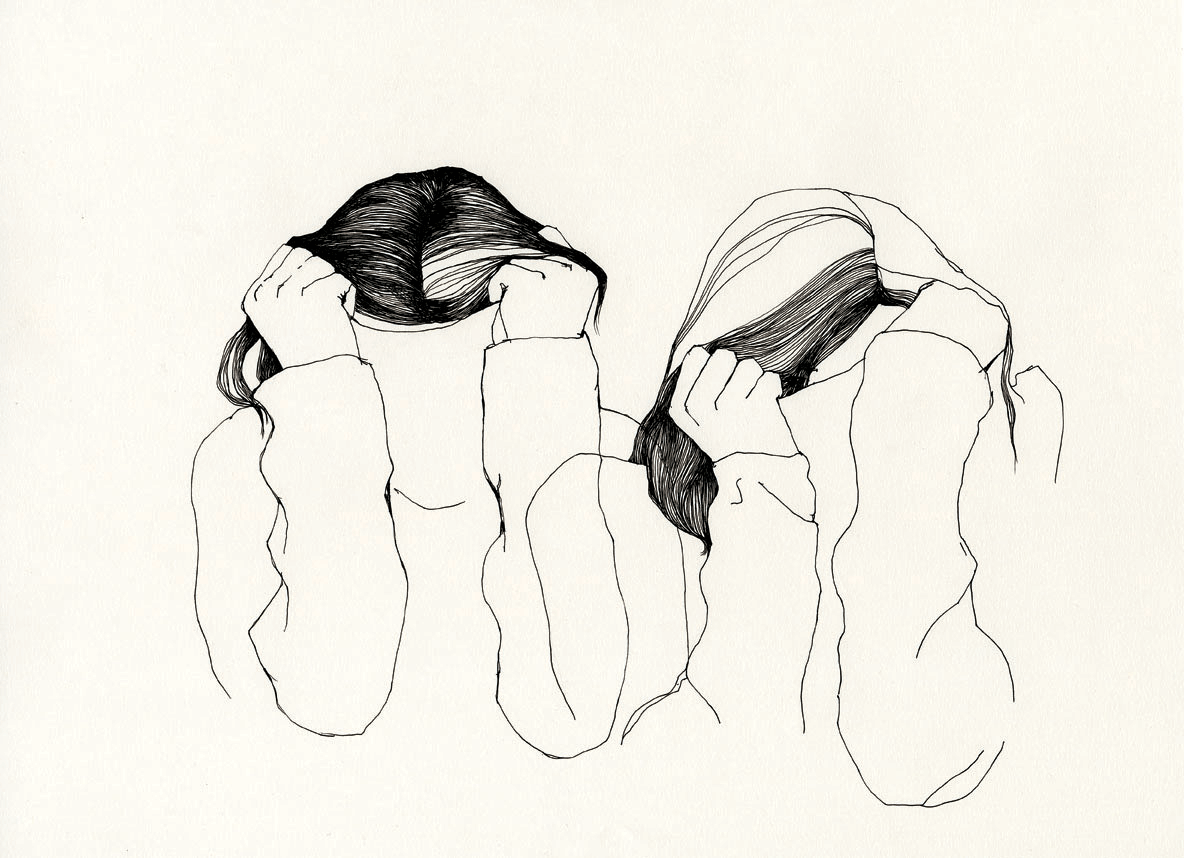A few days before Rosh Hashanah, my psychiatrist changed my treatment plan.
I had been on Prozac for months and felt unaltered. After a brief manic episode, my doctor suggested I was on the bipolar spectrum. She prescribed two antipsychotics, warned of side effects ranging from a deadly rash to drowsiness, and ushered me out of her office.
I wasn’t sure what to make of the diagnosis. My friends told me to find comfort in putting a name on the beast, but I was scared. I’m 21, and I was just given a lifetime sentence to prescriptions, doctor appointments, and therapy.
I hoped to find comfort in the High Holidays. Instead, I cringed every time someone wished me a New Year of blessings and health. The last eight years have been dominated by depression, anxiety, and mood swings. What if ingesting a few tiny pills every morning couldn’t change that?
I did my best to observe the holidays. I ended up eating pizza for every meal on Yom Kippur, but I mimicked the Israelites during Sukkot as I wandered through Colorado and New Mexico, turning vacant love seats and floors into temporary dwellings.
It wasn’t until I learned about Shemini Atzeret that I found relief and understanding of my new diagnosis in Jewish tradition.
I hadn’t heard of Shemini Atzeret until this year, and I finally learned to pronounce it last week. There are varying opinions on the significance of the day: Some say it is a joyous way to mark the end of the holiday season, while others say Shemini Atzeret is one last chance for atonement.
After some Googling, I realized Shemini Atzeret and bipolar disorder have a lot in common. Shemini Atzeret is the conclusion to a High Holiday season full of contrasting moods—Rosh Hashanah is a day of renewal and celebration, while Yom Kippur is an occasion for atonement and facing our flaws and wrongdoings. During Sukkot, we blissfully dwell in the sukkah, share meals, and spend time with our families and friends reliving an ancient tradition. Simchat Torah is a joyous day of dance and celebration. Contrastly, on Shemini Atzeret, our liturgy begs God to ensure our survival by blessing the Earth with rain and another plentiful harvest.
I work at a Jewish organization, so I have Shemini Atzeret off. I plan on using the day to reflect, read, and do my best to start a year of healing. I’m not watching a scar heal or hair grow back, the physical manifestations of healing we’re used to seeing, but I am sleeping better. I am consistently taking my new meds. I’m embracing new-found stability in meal-prepping and dragging myself to the gym.
Most importantly, I’m coming to terms with my diagnosis. I know I will have bad days and rough patches, but I find solace in knowing I am part of a people whose calendar includes an entire day dedicated to simultaneously acknowledging the ups and downs and providing another chance to get it right before the fall holidays end and the countdown to Hanukkah begins.
Image via Flickr/Mia Nolting



